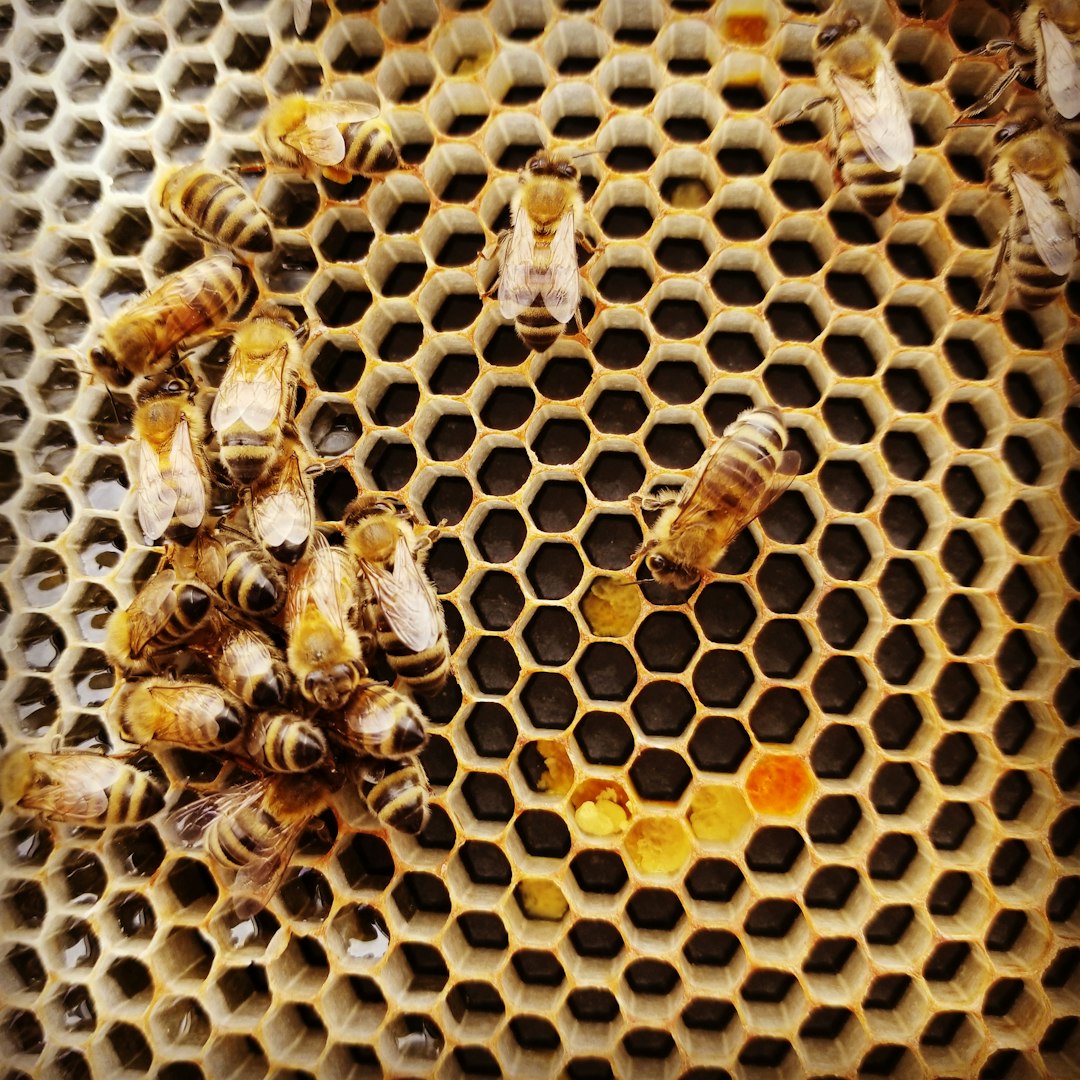Artisans. Finding Gold.
And it's not about conventional markets.
Last week I found myself mentioning the idea of “slivers” - the notion that we cannot have it all; we can only have a sliver of it all, so we need to choose our slivers well. That led to a conversation on Wednesday that turned a post into a dialogue, and I will do my best to capture some of the gold that came from that.
Above all, it was a reminder about the insight and joy that can arise from a conversation considering something quite abstract.
The idea of New Artisans is more about a relationship with our work than being identified as something specific. It’s not about a big “ARTISAN” label we put on our work, something to market with or as a vehicle for ego. What we create is part of our identity in a quiet but powerful way. It does not shout. It is about a triangular relationship between us, the client and what we create.
We considered what would happen if we took an identical product, made with equal love and skill, and moved it from one artisan to another somewhere distant. What would change? The answer perhaps lies in the intangible aspect of the relationship. How is it different to that of a brand, where the image of it overrides where and by whom it is made? Brands can be sold, but the relationship with an artisan much less so. There is a first-person quality to “I made this” that matters.
We considered that both artists and artisans have an ambiguous relationship with money. It is a measure of value, but not one that is created through precise specification. The artist may just create what they see, and its value is determined partly by the pleasure they derive from creating it and partly by what somebody is prepared to pay for it, with only a loose connection between the two. The artisan is more constrained - they are recognised for a craft - how they make what they create. Their reputation is likely to be based on a particular service or product, its functional utility, and its artistic merit.
One aspect we keep returning to is the notion of scale. Is there a boundary limit to what qualifies as artisan that is determined by the client/product/artisan relationship? The idea of craft baking, or specialist vehicles, or a particular type of furniture, might scale, but the “reach” of a single artisan does not. The moment the means of production passes a certain level of automation, the relationship between created and creator rapidly diminishes. Whatever is made becomes a manufactured product with a brand, and the artisan becomes a celebrity.
It left us with the idea that we can scale a love of something more than its production. Craft, that visceral relationship between client, created, and creator, does not obey the conventional rules of scale. The market may grow but will comprise many individual cells, each slightly different. We likened it to a honeycomb—a market defined by many connected individuals, each with their own distinctive client base. Which took us to another consideration - how are artisans connected?
The conversation took us back to a metaphor we have used before - that of mycelium. Organic and unplanned growth that responds to market need, rather than the more mechanical and forced notion of scale beloved of “scale up” consultants. Community and connection is where we will move to next week.
We ended the conversation on a thought. The industrial era saw a steady separation of the head from hand, the domination of process, and the pursuit of scale. As we enter a time when technology is increasingly replacing the mechanical, process elements of the workplace we have trained humans for, might we see a return of the demand for the attitude and craft of the artisan?
If it does, how do we position ourselves in that relationship bounded by what we create, how we create it and the client that is difficult for others to imitate in order to establish a combination of work and income that gives us the life we seek?
What is unique in what we do?
Where is it unique?
To whom is it unique enough to pay a premium?
Enough for now.
Have a great weekend



Can't wait to create thisl 🎁